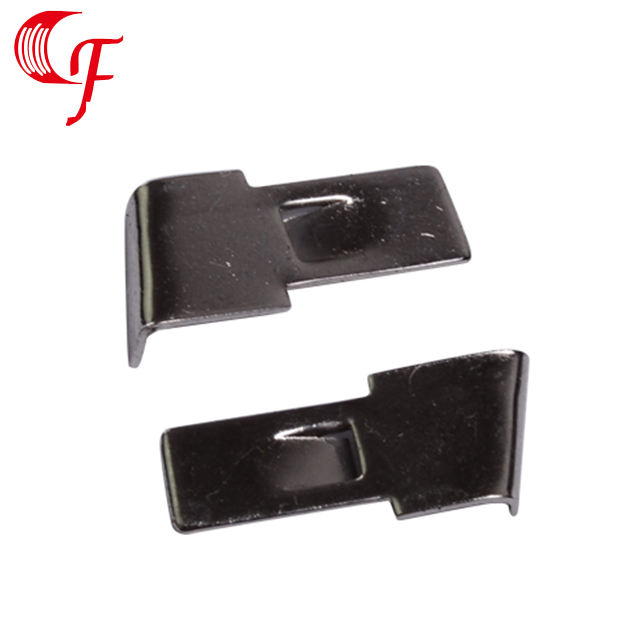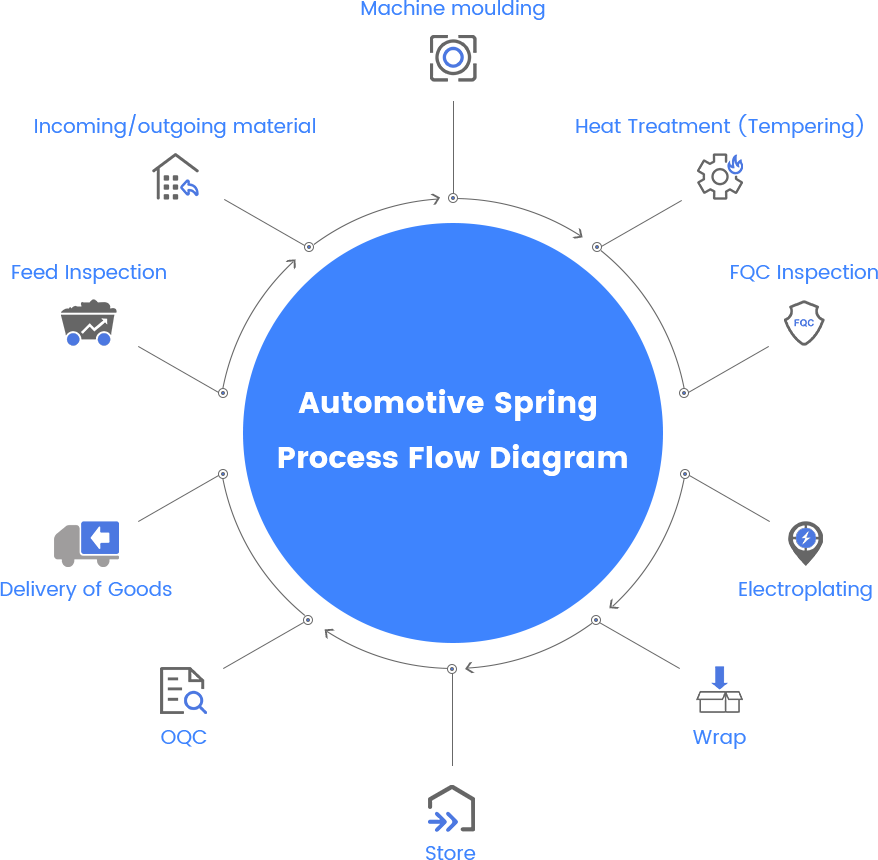+86 135-2882-5997

Battery Contact Plate is a conductive component used for battery connection. It is usually made of highly conductive copper, stainless steel or nickel-plated steel, and has excellent elasticity, conductivity and corrosion resistance. Its main function is to ensure stable current transmission and reliable contact between the battery and the device. Battery Contact Sheet is exquisitely designed, with a certain elasticity and pressure stability. It can absorb deviations caused by vibration or assembly errors and ensure the continuous contact performance of the battery during use. It is widely used in electronic equipment, toys, remote controls, home appliances and industrial control. Due to its high reliability and low contact resistance, Battery Contact Sheet can effectively reduce power loss and extend the service life of equipment and batteries. The choice of different materials and coatings can provide better corrosion resistance and conductivity according to application requirements. It is an indispensable and important component in various electronic devices.
Features
1. High Conductivity Material: Typically made from beryllium copper (C17200) or phosphor bronze (C5191), offering conductivity ratings of 22-28% IACS (International Annealed Copper Standard) with surface resistance<0.5mω.<>
2. Precision Spring Force: Engineered to maintain 50-300gf contact force (gram-force) depending on application requirements, ensuring stable connection through 10,000+ insertion cycles without fatigue.
3. Corrosion Resistance: Features nickel plating (2-5μm thickness) or gold flash (0.05-0.2μm) with salt spray test performance exceeding 48 hours per ASTM B117 standards.
4. Thermal Stability: Operates reliably across -40°C to +125°C temperature ranges, with thermal expansion coefficient matched to PCB substrates (typically 17-18 ppm/°C for copper alloys).
5. Low Contact Resistance: Designed for<10mω initial="" contact="" resistance="" that="" remains="" stable="" within="">
6. Customizable Geometry: Available in various configurations (SMT, through-hole) with typical thickness ranging from 0.1mm to 0.3mm (±0.02mm tolerance) and contact point radii from 0.5mm to 2.0mm.
Applications
1. Consumer Electronics: Battery contact plates are essential in smartphones, laptops, and wearables, ensuring reliable power transfer and compact design for portable devices.
2. Automotive Industry: Used in electric vehicles (EVs) and keyless entry systems, these plates provide stable connections in high-vibration environments.
3. Medical Devices: Critical for pacemakers, hearing aids, and diagnostic equipment, where consistent power delivery is vital for patient safety.
4. Industrial Equipment: Deployed in power tools, sensors, and backup systems, offering durability in harsh conditions like extreme temperatures.
5. Renewable Energy Storage: Facilitate efficient energy transfer in solar/wind battery banks, supporting sustainable power solutions.
6. Aerospace & Defense: Ensure fail-safe power in satellites, drones, and military communication devices under rigorous operational demands.
FAQ
Q: What is a Battery Contact Plate?
A: A Battery Contact Plate is a conductive metal component that connects batteries to devices, ensuring stable power transfer.
Q: Why is material choice important for Battery Contact Plates?
A: Materials like beryllium copper or phosphor bronze are used for their conductivity, corrosion resistance, and spring properties.
Q: How does a Battery Contact Plate improve device performance?
A: It minimizes resistance, prevents power loss, and maintains secure connections during movement or vibration.
Q: Can Battery Contact Plates be customized?
A: Yes, they’re often tailored in shape, thickness, or coating (e.g., gold/nickel) for specific voltage or environmental needs.
Q: What causes Battery Contact Plate failure?
A: Common issues include oxidation, physical wear, or poor design leading to weak contact pressure.

Get in touch with our engineering and sales teams.
We will help you to find the best solution.